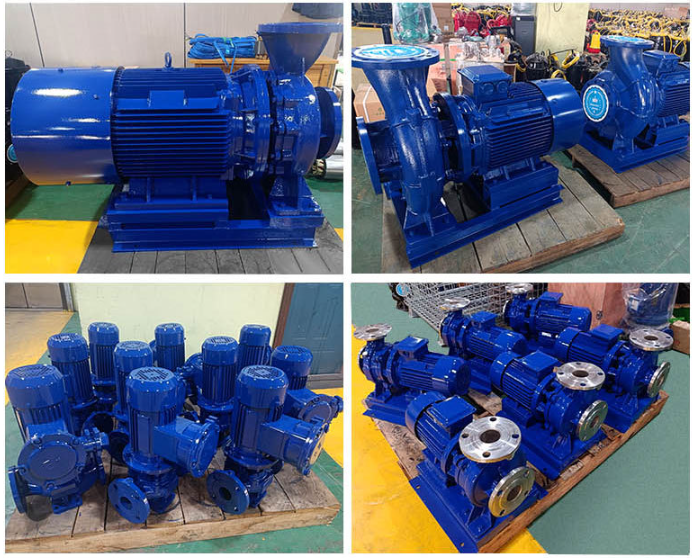Sesotho
- Afrikaans
- Albanian
- Amharic
- Arabic
- Armenian
- Azerbaijani
- Basque
- Belarusian
- Bengali
- Bosnian
- Bulgarian
- Catalan
- Cebuano
- Corsican
- Croatian
- Czech
- Danish
- Dutch
- English
- Esperanto
- Estonian
- Finnish
- French
- Frisian
- Galician
- Georgian
- German
- Greek
- Gujarati
- Haitian Creole
- hausa
- hawaiian
- Hebrew
- Hindi
- Miao
- Hungarian
- Icelandic
- igbo
- Indonesian
- irish
- Italian
- Japanese
- Javanese
- Kannada
- kazakh
- Khmer
- Rwandese
- Korean
- Kurdish
- Kyrgyz
- Lao
- Latin
- Latvian
- Lithuanian
- Luxembourgish
- Macedonian
- Malgashi
- Malay
- Malayalam
- Maltese
- Maori
- Marathi
- Mongolian
- Myanmar
- Nepali
- Norwegian
- Norwegian
- Occitan
- Pashto
- Persian
- Polish
- Portuguese
- Punjabi
- Romanian
- Russian
- Samoan
- Scottish Gaelic
- Serbian
- Sesotho
- Shona
- Sindhi
- Sinhala
- Slovak
- Slovenian
- Somali
- Spanish
- Sundanese
- Swahili
- Swedish
- Tagalog
- Tajik
- Tamil
- Tatar
- Telugu
- Thai
- Turkish
- Turkmen
- Ukrainian
- Urdu
- Uighur
- Uzbek
- Vietnamese
- Welsh
- Bantu
- Yiddish
- Yoruba
- Zulu
Telephone: +86 13120555503
Email: frank@cypump.com
Aug . 09, 2024 06:05 Back to list
Installation and Maintenance Considerations for Septic Tank Pumping Stations and Their Importance
Understanding Pumping Stations for Septic Tanks
Pumping stations play a crucial role in the effective management of septic systems, particularly in areas where gravity flow is insufficient to transport wastewater to treatment facilities. A septic tank is designed to treat and dispose of household sewage, but certain conditions may require the addition of a pumping station to ensure that wastewater is moved efficiently, maintaining both hygiene and environmental standards.
What is a Pumping Station?
A pumping station, in the context of septic systems, is a facility that employs pumps to move wastewater from the septic tank to a drain field or to a municipal waste treatment plant. This is particularly important in situations where the elevation of the septic tank is lower than the drain field or where the soil conditions do not allow for sufficient drainage by gravity alone.
How Does a Pumping Station Work?
The pumping station typically consists of several components, including a receiving tank, a pump or pumps, control panels, and piping to transport the wastewater. Once the septic tank reaches a predetermined level, a float switch activates the pump, which then moves the effluent (treated wastewater) to the next stage of treatment or disposal. The control system ensures that the pump operates efficiently, with timed cycles to minimize power usage and prevent overflow.
Importance of Pumping Stations
1. Preventing Backups and Overflows One of the main benefits of integrating a pumping station with a septic system is the prevention of sewage backups and overflow situations. This is crucial not only for maintaining property hygiene but also for safeguarding public health and protecting local water bodies from contamination.
2. Enhancing System Efficiency Pumping stations improve the efficiency of septic systems, particularly in challenging terrains where gravity flow is not feasible. They allow for the effective drainage of wastewater, ensuring that the system functions optimally across various conditions.
pumping station for septic tank

3. Environmental Protection By facilitating the proper treatment and disposal of wastewater, pumping stations help protect the environment. They reduce the risk of untreated sewage entering local waterways, which can cause severe ecological damage and pose health risks to wildlife and humans.
4. Cost-effectiveness While the initial installation of a pumping station may require a significant investment, it can lead to long-term savings by avoiding costly repairs associated with septic system failures, such as backflows or improper disposal of sewage.
Considerations for Installation
When installing a pumping station for a septic tank, several factors must be considered
- Location The positioning of the pump must be strategic to ensure maximal efficiency in moving wastewater while minimizing the need for extensive underground piping.
- Type of Pump Various types of pumps are suitable for different conditions. The choice will depend on factors such as the volume of wastewater, the distance to the drain field, and the elevation difference.
- Maintenance Regular maintenance is essential for the longevity and performance of pumping stations. This includes routine inspections, cleaning of the pumps, and monitoring of the overall system.
Conclusion
Pumping stations for septic tanks represent an essential advancement in wastewater management, particularly in areas where traditional systems face limitations. By ensuring the effective transport of wastewater, these systems help maintain health, safety, and environmental integrity. As urbanization continues to expand, understanding and implementing efficient septic systems, including pumping stations, will be increasingly vital for sustainable living.
-
Horizontal Split Case Pump with GPT-4 Turbo | High Efficiency
NewsAug.01,2025
-
ISG Series Pipeline Pump - Chi Yuan Pumps | High Efficiency, Durable Design
NewsAug.01,2025
-
Advanced Flue Gas Desulfurization Pump with GPT-4 Turbo | Durable & Efficient
NewsJul.31,2025
-
ISG Series Vertical Pipeline Pump - Chi Yuan Pumps | Advanced Hydraulic Design&Durable Construction
NewsJul.31,2025
-
ISG Series Vertical Pipeline Pump - Chi Yuan Pumps | Energy Efficient & Low Noise
NewsJul.31,2025
-
pipeline pump - Chi Yuan Pumps Co., LTD.|High Efficiency&Low Noise
NewsJul.31,2025










